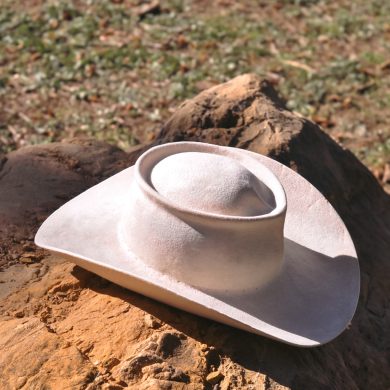I made my sourdough starter in the autumn of 2016 under the apple trees. Each morning I stirred water and flour together and brought the jar out to sit in the apple-scented air beneath the trees that were heavy with fruit. They were beginning to drop their harvest on the ground for deer and the bees, and for us to make cider.
Learning to bake with sourdough was a grounding practice, a delicious excuse to keep trying and a way to feed my family that connected me in heart and hand to generations of women who came before me.
It looks like you’re out of free articles.
Become a Women Create member to read this full article.
Already a member? Sign in
Monthly Membership
$9.99/month (billed monthly)
- Unlimited access to the Women Create website
- Monthly Maker Moments livestreams, members-only newsletters and more
Annual Memberships
Starting at $11.99/month (billed annually)
- Unlimited access to the Women Create website
- Print and digital subscriptions of WHAT Women Create magazine, WHERE Women Create magazine, or both
- Monthly Maker Moments livestreams, members-only newsletters and more








